Atlantic Bluefin Tuna (BFT) Angling Category – Northern Area Trophy Fishery Closing
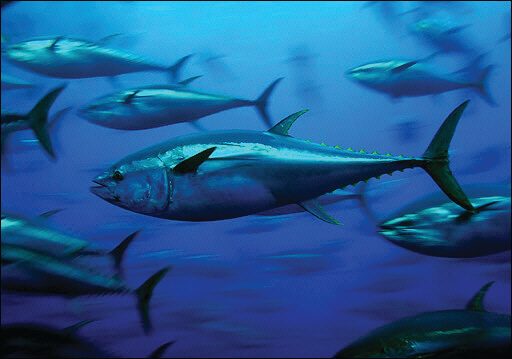
NOAA Fisheries will close the Atlantic bluefin tuna (BFT) Angling category fishery for large medium and giant “trophy” BFT (measuring 73” or greater) in the northern area effective 11:30 p.m. local time on Thursday, July 26, 2018, through December 31, 2018. The northern area is the area north of 39°18’N (off Great Egg Inlet, NJ). Note that the Angling category fishery for school, large school, or small medium bluefin tuna (27 to <73”) remains open in all areas except for the Gulf of Mexico, which is designated as bluefin tuna spawning grounds and where NOAA Fisheries does not allow targeted fishing for bluefin
Billfish Policy Update – July 2018
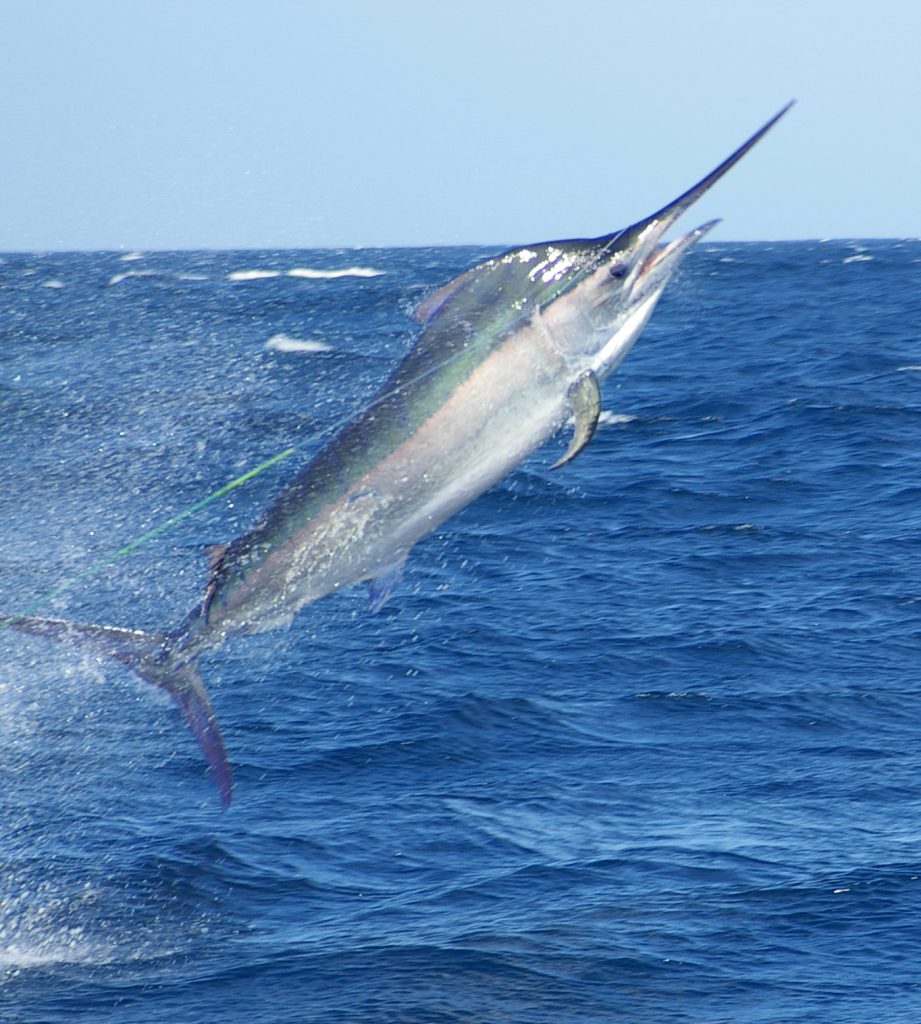
To keep you up to date and for your convenience, we have summarized some of the latest policies that effect billfish and our community. The Council recommended actions on: Keep up to date on all policy effecting billfish and other associated highly migratory species by signing up for TBF’s e-newsletter
Protect the Option to Incidentally catch & land a Bluefin Tuna in the Gulf of Mexico
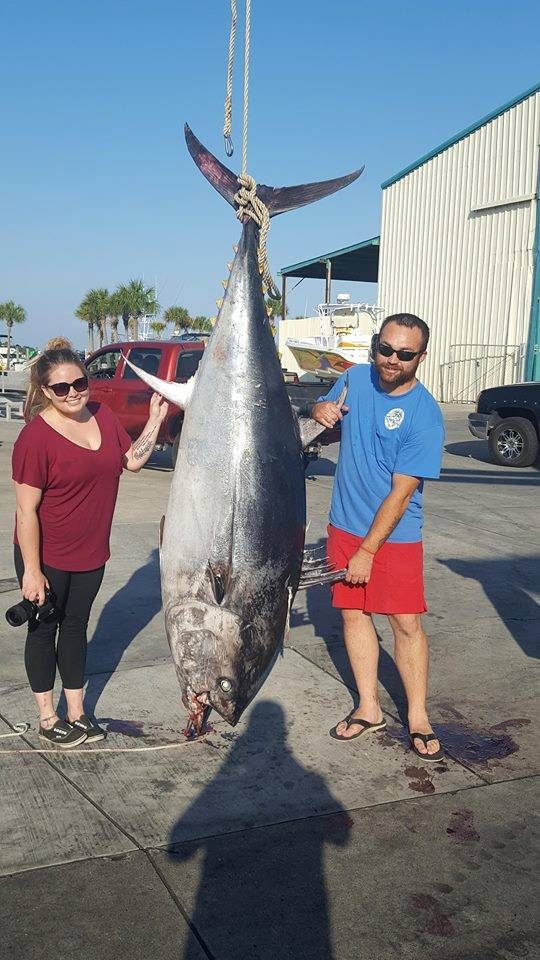
Over the past several years, the bluefin tuna (BFT) incidental bite in the Gulf of Mexico (GOM) has picked up. Through the efforts of TBF, GOM anglers have an allocation of 1.5 metric tons or 3,306.93 pounds of Atlantic bluefin tunas, which permits the landing of a few good-size fish. (Only 1 per boat per year.) This year’s incidental bluefin tuna allocation for anglers in the Gulf of Mexico was met when a bluefin tuna was brought to the docks in Panama City, FL. Just a few days earlier two other big bluefin were landed off Venice, LA
Bill introduced to phase out large-mesh drift gillnets off California
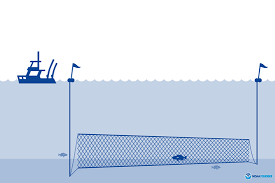
The practice of allowing the U.S. west coast fishery to still use large mesh drift gillnets is insane. The fact that this method of fishing is still allowed shows how much influence the commercial fishing industry has with the federal fishery management council. Large mesh drift gillnets have been recognized as destructive for decades. The gear is not compatible with conservation, responsible fishery management or responsible use of public marine resources. This gear is already banned in the Atlantic Ocean and Gulf of Mexico, as well as off many parts of the west coast. Additionally, the United States is a signatory to international agreements that ban large drift nets in international waters. So why are they still
TBF submitted comments in opposition to EFP off the Gulf of Maine
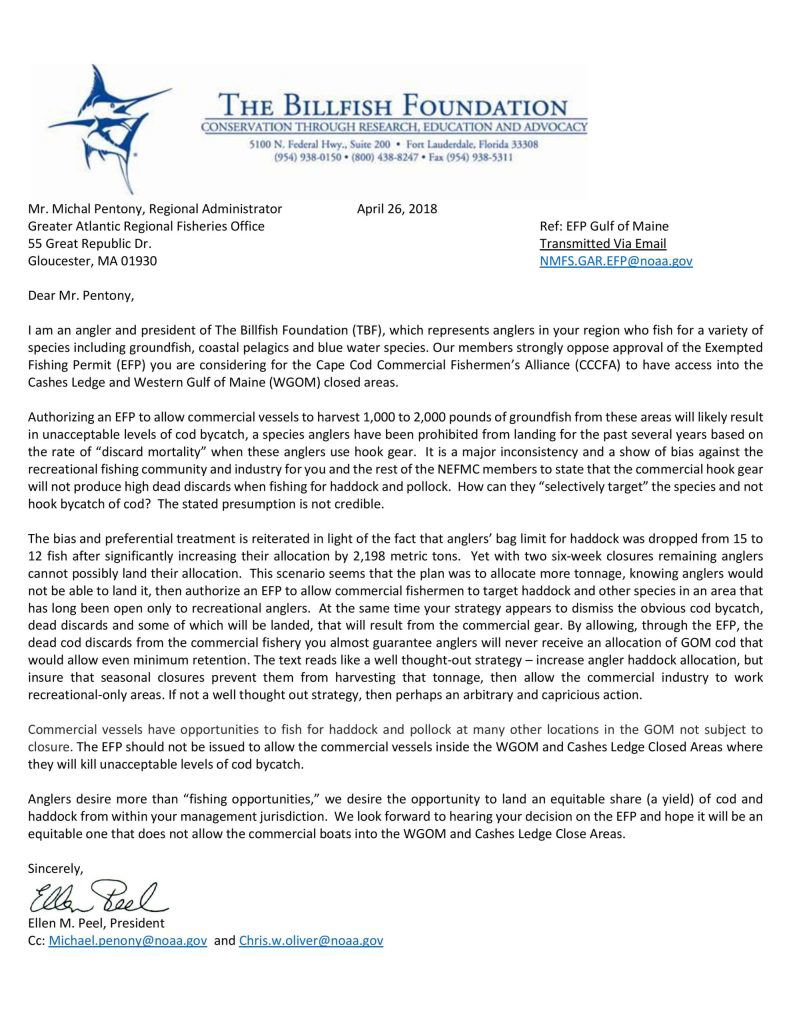
The Billfish Foundation recently submitted comments against NOAA’s proposed Exempted Fishing Permit (EFP) opening of the Cashes Ledge and Western Gulf of Maine (WGOM) closed areas to commercial fishing. Currently, commercial vessels have opportunities to fish for haddock and pollock at many locations in the Gulf of Maine not subject to closure. The EFP should not be issued to allow the commercial vessels inside the WGOM and Cashes Ledge Closed Areas where they will kill unacceptable levels of cod bycatch. Read our official comments
Why Are Billfish Threatened?
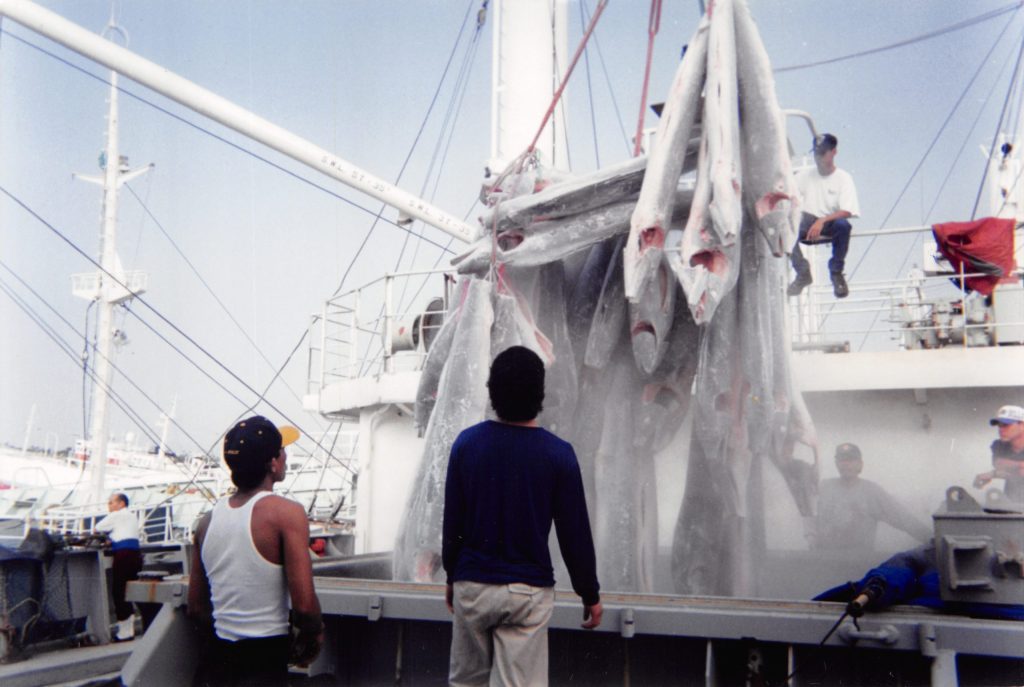
The Billfish Foundation was the result of a movement led by anglers who began noticing there were fewer big fish to catch. At the time, billfish tournaments featured piles of dead fish and commercial vessels sold billfish on the docks. Win Rockefeller, Dr. Eric Prince, and a group of 50 founding members recognized the unsustainable way billfish were being managed, in addition to the low priority they had with the government, and sought to protect these species through research, advocacy, and education. Today’s billfish tournaments look a lot different. Many release the fish that are caught, abiding to the
Stricter Measures Not Included In NMFS Options For Longlines
The National Marine Fisheries Service (NMFS) recently issued a plan (Scoping Document, March 2018) to reinvigorate the longline fishery rather than proposing stricter conservation measures. If actions to reinvigorate the longline industry are approved, the seriously overfished Atlantic spawning bluefin tuna and marlin will continue to decline. Atlantic bluefin tuna and both white and blue marlin remain seriously overfished after decades of inadequate longline gear restraints, the gear responsible for much of the overfishing. The Billfish Foundation is calling for anglers and those in the recreational industry to submit comments to NMFS in opposition of a longline reinvigoration
NMFS Strives to Revitalize the Pelagic Longline Fishery – Why Not the Billfish Fishery?
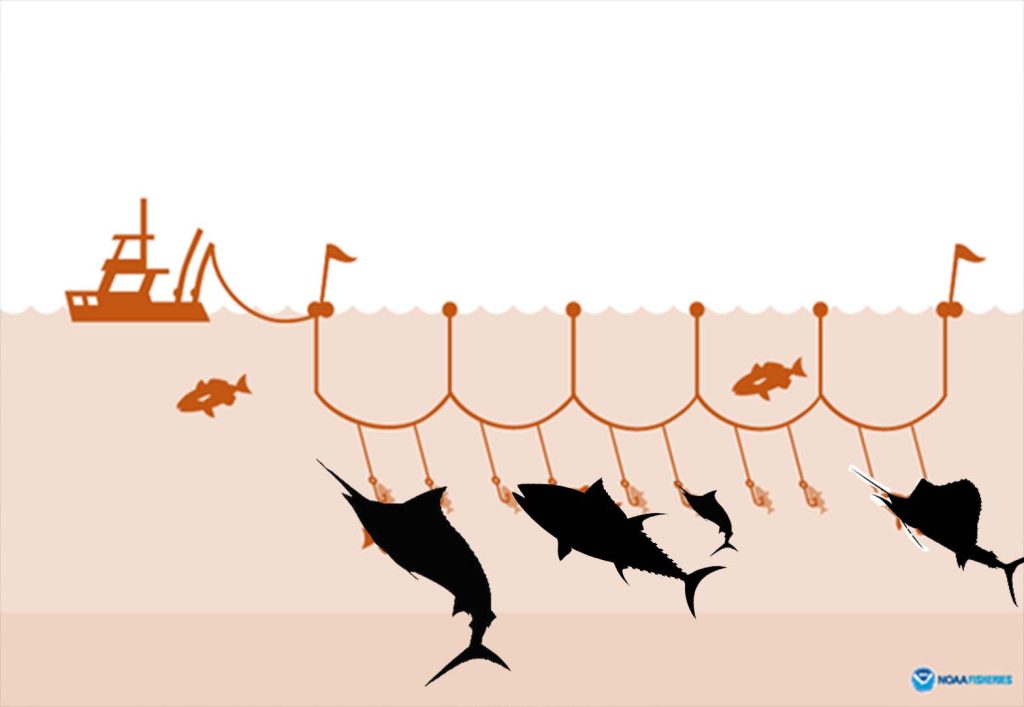
The Billfish Foundation objects to the goal of the National Marine Fisheries Service (NMFS) to revitalize the pelagic longline (PLL) fishery. Instead, TBF is calling for options that continue to reduce marlin and bluefin bycatch in the PLL fishery, as well as options that revitalize the recreational billfish fishery. NMFS’ preferential treatment of the pelagic longline fishery comes at the expense of marlin, the recreational billfish fishery, and bluefin tuna. For one, aiming to reduce the regulatory burden on the PLL fishery while striving to reduce bycatch of Atlantic bluefin tuna are contradictory objectives. The severely overfished Atlantic bluefin
Okaloosa County Moves Forward With FAD Buoy Project
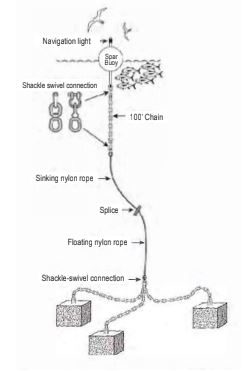
Will Okaloosa County’s (in Florida’s panhandle) planned recreational fishing buoy system perform as a collection of fish aggregation devices (FADs) and draw lots of fish to significantly improve billfish catches like those experienced off Costa Rica? If so, the project might be the beginning of an economic boom for sportfishing eco-tourism in the region. The County also anticipates greater sportfishing activities and possibly increases in billfish and other tournaments in the county. Project funding includes $500,000 applied for from the Restore Act Fund, created after the Deep Water Horizon settlement. Two applications in that amount have been submitted
Longline Research In Closed Zone: Do the Math
Last year’s halting of the federally permitted longline research inside a zone closed to the gear for 16 years off Florida’s east coast was a positive step for conservation and productive sportfishing opportunities. Unfortunately, the National Marine Fisheries Service (NMFS) is again considering authorizing the project. Nova Southeastern University (NSU) is not on the new application, but their scientist remains, this time with his newly incorporated business, Fisheries Solution, LLC. Do the math Here is a breakdown of the issues behind the longline project, why TBF opposes it and why you should too: The NMFS is fully aware




